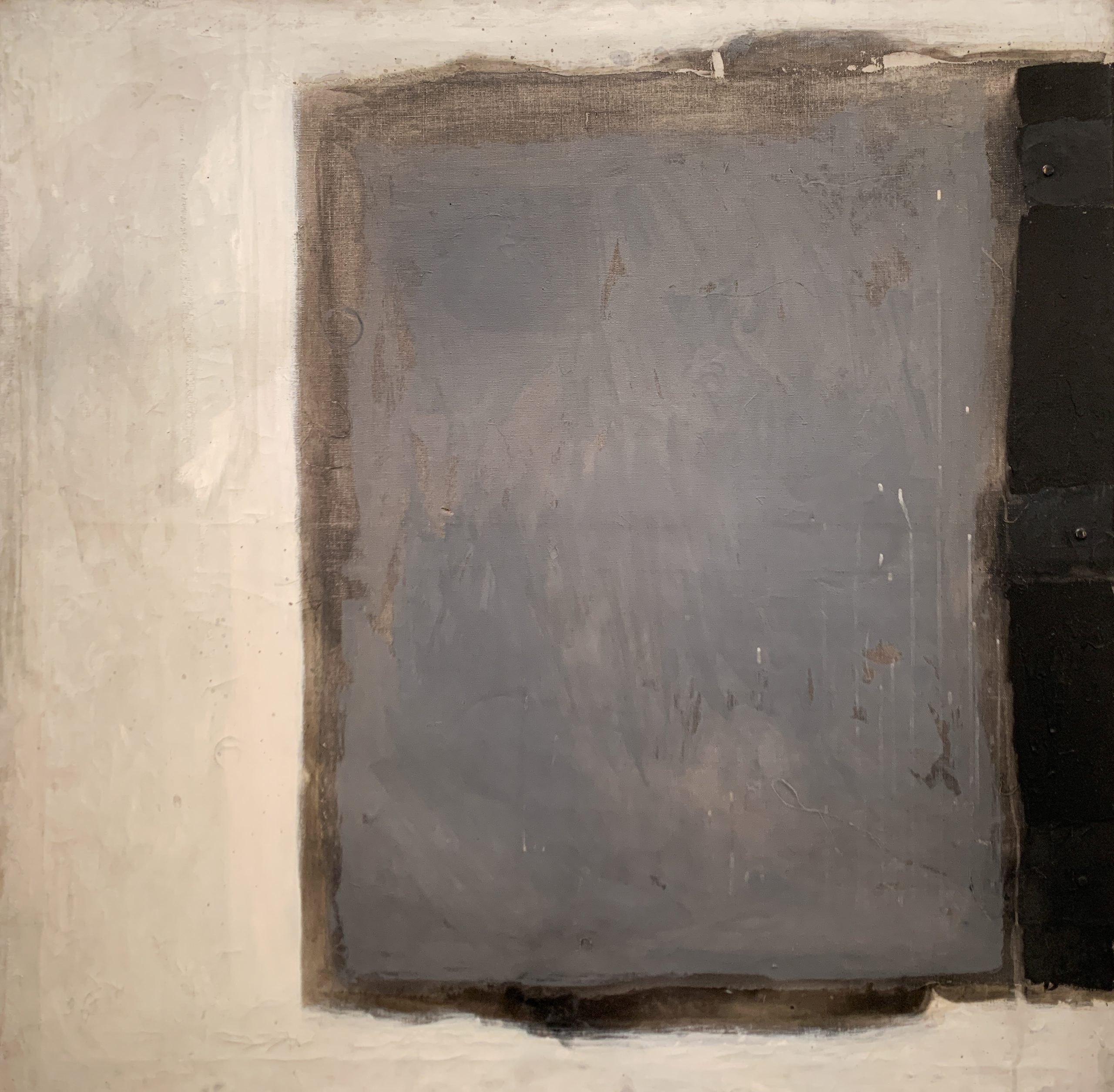Clorindo Testa (1923-2013) was born in Naples, Italy, and a few months later arrived in Argentina with his family. He grew up in Recoleta, Buenos Aires. After a brief and unsuccessful stint in Naval Engineering and Civil Engineering, he found his passion in Architecture, graduating in 1947 from the University of Buenos Aires. Inspired by the ideas of Le Corbusier, the only architect whom Testa recognizes as an influential figure in his architectural thinking. In 1951 he joined the Urban Planning Department of the Municipality of Buenos Aires; that same year, together with Boris Dabinovic, Augusto Gaido and Francisco Rossi, he won the competition to build the headquarters of the Argentine Chamber of Construction, his first built work. The year 1952 is pivotal for his career, since he holds his first individual exhibition at the van Riel Gallery, thus beginning his double professional activity: art and architecture. He marries Teresa Bortagaray in 1962 and they spend their honeymoon in India and also in Europe, a regular destination for Clorindo, who goes every two or three years to see relatives and friends. In 1969 his daughter Joaquina was born. Throughout his career, he designs public and private buildings, incorporating the distinctive characteristics of his architecture: the use of concrete, primary colors and pure forms. Among his most outstanding buildings are the Bank of London and South America (today Banco Hipotecario) and the National Library, both considered paradigmatic works of brutalist architecture in the region.
In the following decades, he carried out projects such as the Central Naval Hospital, whose design reflects his passion for ships, and other emblematic buildings of the urban landscape of the city of Buenos Aires, such as the Paseo del Pilar (today Buenos Aires Design), the auditorium of the Buddhist center Soka Gakkai or the Museum of the Book. Part of his activity was devoted to the construction of private homes, located both inside and outside the limits of the capital, maintaining a very personal and identifiable style. His plastic work is inseparable from his architectural work: his entire production is marked by reflections on themes such as big cities and living conditions in urban spaces. In 1957 he joined the Group of Seven Abstract Painters, later linked to the Boa Magazine, and since 1958 he has worked with the Group of Five. In 1975 he became an organic member of the Group of 13 at the CAyC (Art and Communication Center), with whom he exhibited regularly until 1994. Since then, he has exhibited regularly in galleries and museums around the country, both individually and in group exhibitions, and in national and international biennials. Among his most notable series are: Composiciones en Blanco y Negro, La Peste en Ceppaloni, Mediciones, Gritos, Manzanas de Buenos Aires and Cuadrículas. His work is part of numerous public and private collections: Amalia Lacroze de Fortabat Art Collection, Buenos Aires; Cancillería Argentina Collection, Buenos Aires; Museo de Arte Latinoamericano de Buenos Aires (MALBA) Collection, Buenos Aires; Fondo Nacional de las Artes, Buenos Aires; Museo de Arte Moderno (MAMBA), Buenos Aires; Museo Nacional de Bellas Artes (MNBA), Buenos Aires; Museum of Modern Art (MoMA), New York, United States; among others.
Died in Buenos Aires on April 11, 2013.


 Testa Clorindo
Testa Clorindo